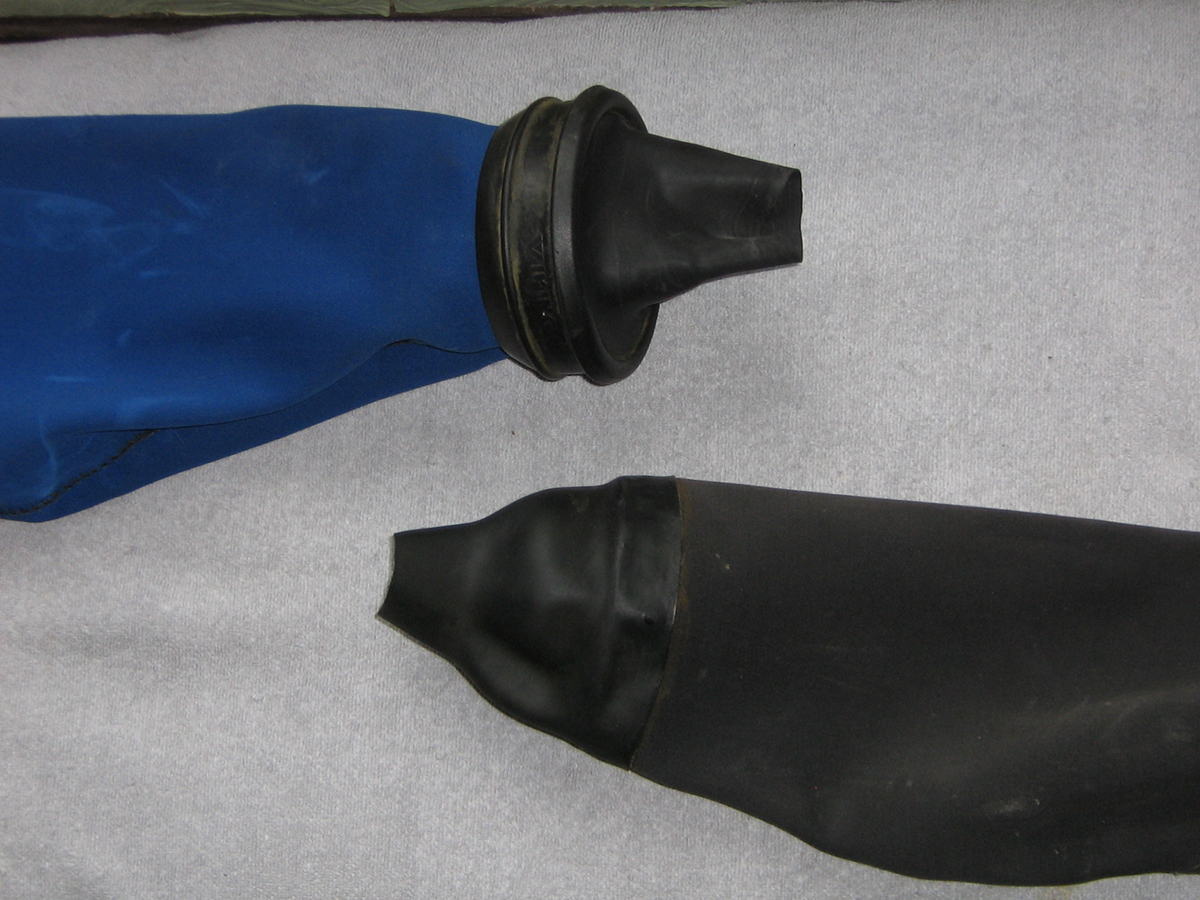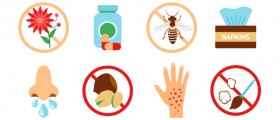
Information on Latex Allergy
Latex allergy can be affiliated with certain types of symptoms which may range from mild to severe intensity. Latex comes from the rubber plant whose botanical name is hevea brasiliensis. The plant is used for the commercial rubber production and latex is actually its milky sap. The natural latex is a common ingredient of numerous different types of products such as rubber gloves, water bottles, rubber bands, condoms, pacifiers, sanitary pads, shoe soles, disposable diapers, balloons, rubber toys and several others.
There are people who are allergic to specific types of protein which can be found in the natural rubber latex. This occurs because the human body identifies latex as an invading substance and the allergic reactions kicks in as a reaction of the immune system. The immune system produces antibodies in order to fight the unwanted inventing substance, and in this case it is natural rubber latex.
There is a type I latex allergy and a type IV latex allergy. Type I is immediate and it may be life threatening in some cases because it tends to get affiliated with certain serious medical conditions such as anaphylaxis. Type IV latex allergy is a delayed hypersensitivity reaction characterized by skin rash or hives.
Latex Allergy Symptoms and Treatment
Latex allergy can be triggered by the inhalation of latex particles or by means of a direct contact. Mild symptoms of latex allergy may or may not include itching, cough, skin rash, runny nose, hives, watery eyes and sneezing. Severe symptoms of latex allergy may or may not include anaphylaxis, weak pulse, shortness of breath, rapid pulse, chest tightness, vomiting, wheezing, nausea, low blood pressure, slurred speech, dizziness and confusion. Different ways of diagnosing latex allergy include patch test, radio-allergo-sorbent-test, skin test, RAST and blood test.
The best way to prevent the allergic reaction from occurring is to avoid the allergen in the first place. The allergy can be treated by using several different types of antihistamines, epinephrine injections and corticosteroids. Injections are usually used only for immediate purposes. Corticosteroids are usually applied orally or topically at the affected areas of the skin.
Those who are allergic to latex should avoid using any rubber products. Latex allergy can also be associated with certain other allergies to certain types of fruit such as banana, chestnuts, strawberries, avocados, pineapple, passion fruit and kiwi fruit. Those who are allergic to latex may wear a medical alert bracelet.

















Your thoughts on this
Loading...